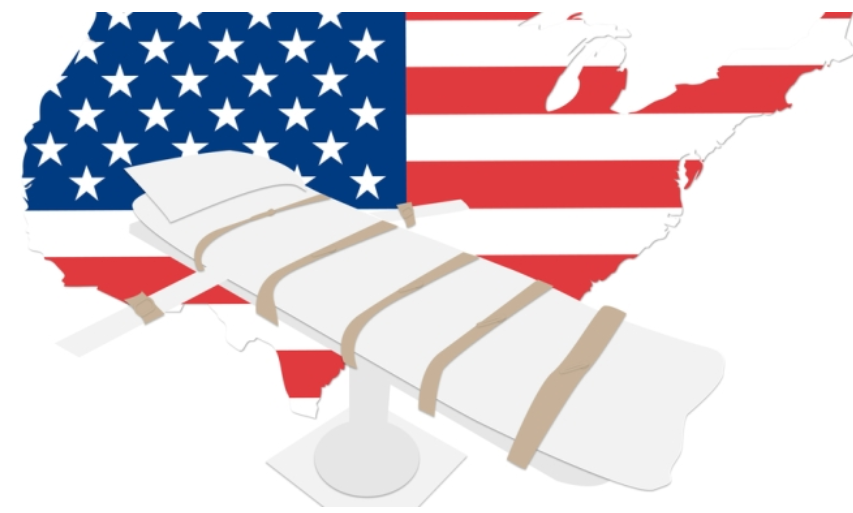Project Overview
The project aims to provide statistics on death sentence and executions rate on how poor and minority citizens are treated vs well to do and non-minority citizens and try to highlight the death rows that include demographic information on the defendant and victim. This project dashboard has also highlighted relevant studies demonstrating the continued arbitrariness in the application of the death penalty.
Role:
Problem Statement
More than forty years of evidence strongly suggests that the Court’s guidelines on death sentences have been ineffective. Irrelevant factors such as race, poverty, and geography still seem to determine who is sentenced to death. Short of applying the death penalty in all murder cases (a path condemned by the Supreme Court), it may be impossible to devise rules that clearly delineate which crimes and which defendants merit death and that juries and judges are able to consistently apply. A punishment that is administered in an arbitrary way, imposed on some individuals but not on others, with no valid justification for the difference and it is unconstitutionally cruel. Studies consistently find that the death penalty is more expensive than alternative punishments.

Executive Summary
The project aims to provide statistics on death sentence and executions rate on how poor and minority citizens are treated vs well to do and non-minority citizens and try to highlight the death rows that include demographic information on the defendant and victim. This project dashboard has also highlighted relevant studies demonstrating the continued arbitrariness in the application of the death penalty.


Key Takeaways
After decades of fight for fair justice on death penalty, there is some rays of hope that one can see Significantly from 2016 on wards the extent of executions dropped by 28.57% and the over all trend is encouraging compared to the prior year and decade. It seems a matter of time before we see the elimination of death penalty from the hands of sates that promote unfair state sponsor killings.


Next Steps
No U.S state should have the power to take people\\\'s lives. As we research, learn and know more about the wrongful and innocent death of citizens, we should ask ourselves if we are not a partner in this heinous crime. The color of your skin plays a crucial role in the process of executions whether our society believes that you deserve death or not. Thus to move forward
1. We need to educate our citizens to resist and fight the unfairness of Capital punishment, so that we can abolish all systemic death penalty project. In 2014, a study out of the University of Washington looked at jurors and found that jurors were three times more likely to recommend a death sentence for a Black defendant than for a white defendant accused of similar crimes. This racial disparity does not stop there; it extends to jury selection. According to a 2001 study, 25% of juries in death penalty cases lacked Black jurors, and 70% had two or fewer. Further, from 1977 to 2003, at least 20% of Black people executed were convicted by all-white juries.
2. All citizens should work for constitutional amendments to outlaw state sponsored killings.
3. Outlaw state funding that facilitates and produces any executions equipment and materials.
4. Fund, Promote and educate citizens across the board to end crime not life.







